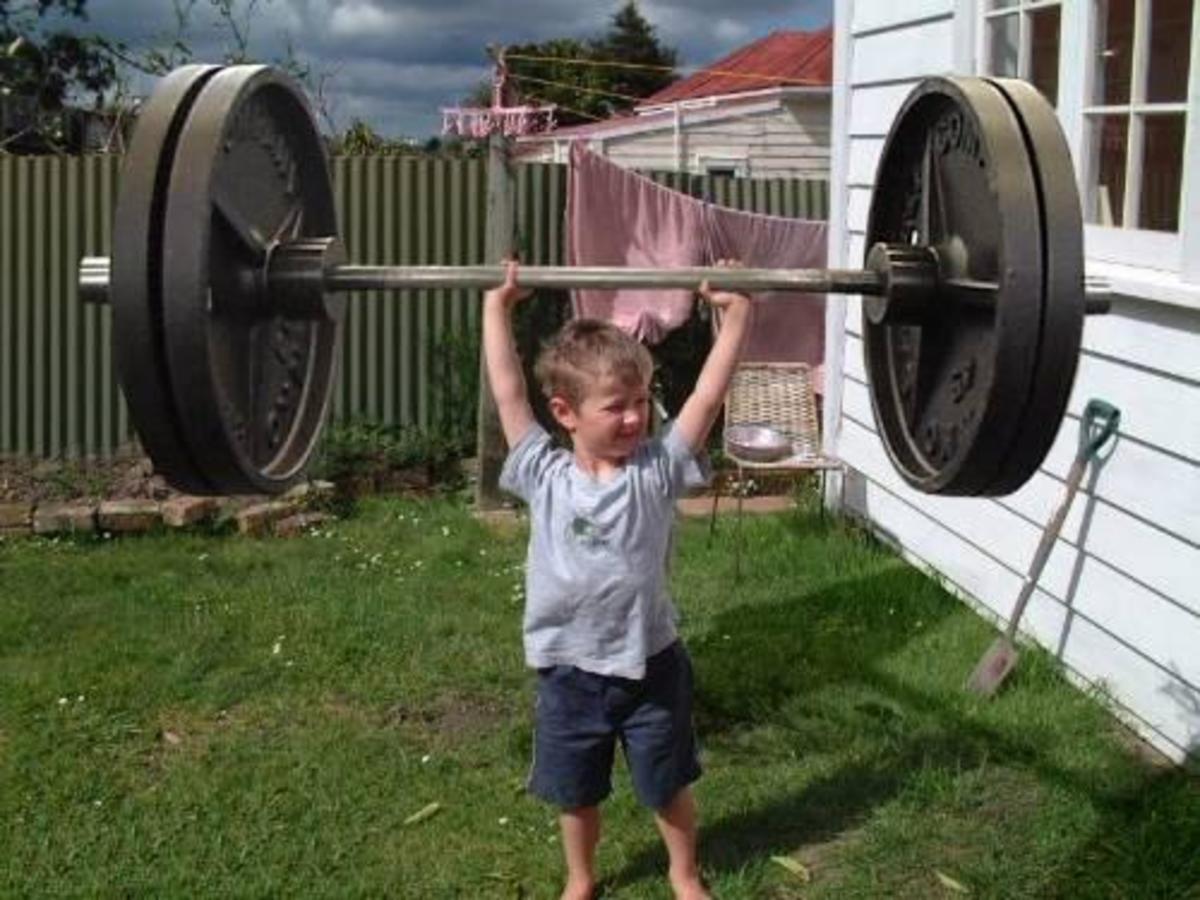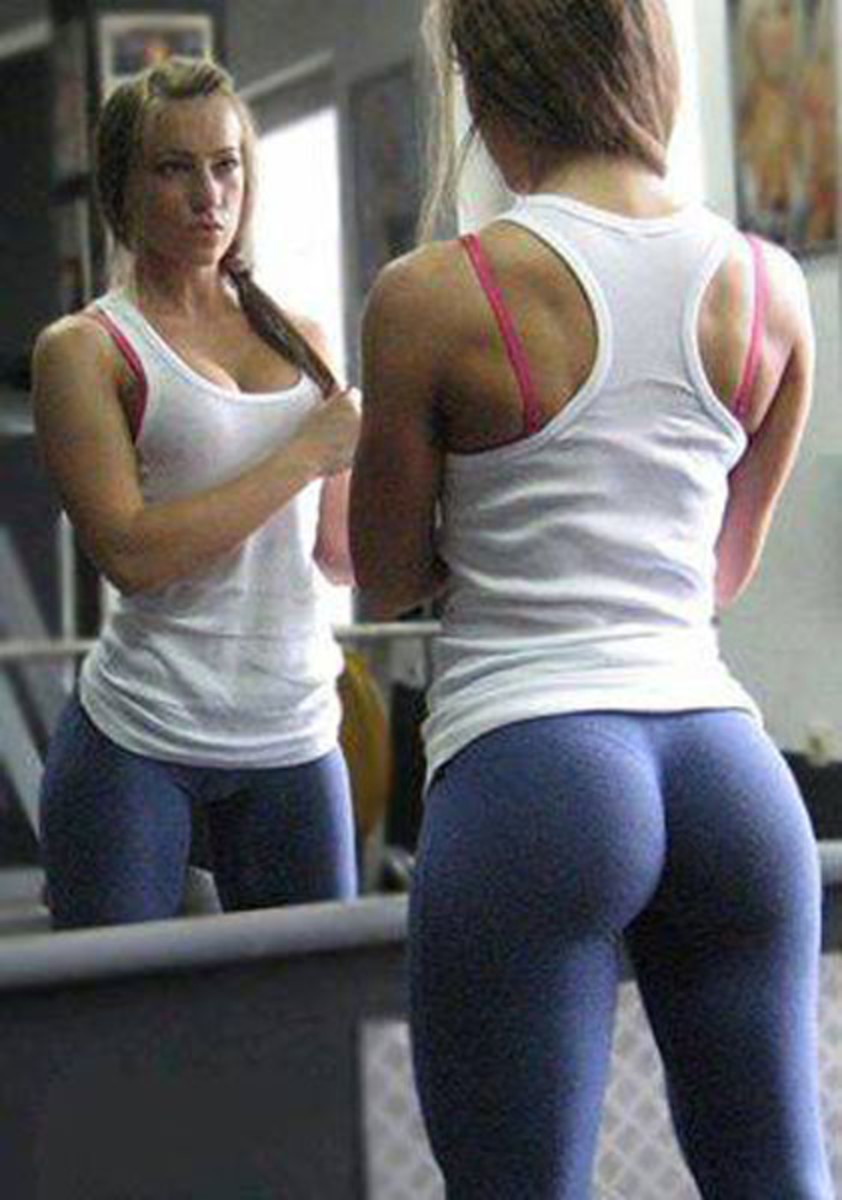Correct Squat Form: What It Is and Why It's Important
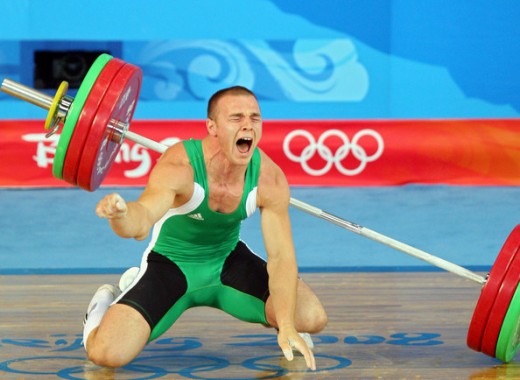
It's Worth Doing Well
With any weightlifting maneuver there is always an inherent risk of injury. As you can tell in the picture to the right, the squat can be a dangerous lift. This is primarily why using the correct squat form is so important. Believe it or not, even squatting without weight can be dangerous for some people if done incorrectly. Injury can not only be painful and disabling when it happens, but it can have repercussions for the future of the lifter that may never have been anticipated. The good news is that the risk for injury can be greatly reduced by simply taking the time to make sure you are using the correct squat form.
I remember my high school football coaches telling and showing us how to do squats, but I look back now and realize that we only got half the picture, because everybody moves so differently. The squat is a very basic movement, but people actually have a variety of strategies they use to assume a squat position that feels "normal" to them. This means that the use of a "pure" squat form is actually not as common or straightforward as you may expect. It requires a certain level of coordination and flexibility that not everyone is necessarily graced with (including higher-level athletes). So pay attention to your squat form, everyone! Consider the guidelines provided below, and please feel free to share your thoughts/experiences in the comments section at the end.
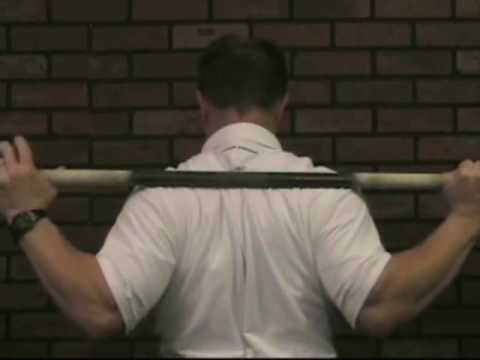
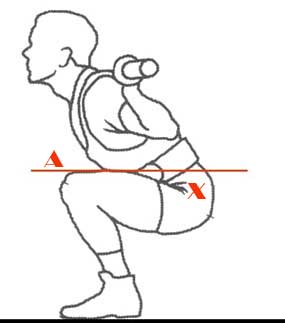
The Mechanics
The correct squat form not only consists of going through a specific movement, but also taking the necessary safety precautions. This includes getting yourself prepared mentally, which is a component of lifting that is underrated by most novice lifters. Take a few seconds before the lift, take a deep breath, and focus. Proper squat form safety also includes understanding the appropriate use of equipment and personnel. Acquaint yourself with the bar and where it should rest on your shoulders (see picture on the right). Do this first with a weight you can lift very easily. Also, never have more than a 50-pound difference between weights on either side of the bar. That is, if I add a 45-lb weight on one side, I need to make sure I (or someone else) adds weight to the other side before putting any more on the first side. Speaking of "someone else", alwaysmake sure you have a spotter! This can not be over-emphasized. It is a simple step that will save your butt (quite literally), and most people in the gym are more than happy to oblige. Check out the video at the bottom for more specific details on spotting technique.
In terms of the actual movement, there are various schools of thought out there about the correct squat form technique. The one that is most widely accepted as "pure" squat form is the following. Stand with your feet shoulder width apart, or just slightly wider. Many people will angle their feet out at a 45 degree angle, which allows those lifters with less flexibility to sink into a deeper squat, but it is technically not a "pure" squat if it involves excessive movement outside of the forward-backward (sagittal) plane. Ideal squat form involves the squatter keeping his/her feet facing forward and heels on the ground while the hips drop to the level of the knees and the trunk stays parallel with the lower legs. Also, keep your knees from moving too far forward of your toes. A good way to help accomplish this is to begin the descent with your hips first. This means you will really have to stick your butt out, so don't be shy! It will help reduce the stress absorbed by your knee as you lower. Notice the position of each joint in the second picture (ankle, knee, and hip) and practice going through the correct squat form yourself.
Not everyone will be able to assume that deep squat position at the very end of the descent (shown in the figure) without compensating at some joint. For the sake of protecting the low backs and maximizing the workouts of those people who cannot achieve that position (myself included), listen up. If you must squat, use the same squat form mentioned above, but do so with a slightly wider base and your feet turned slightly outward. Some people will use weight belts to add a little extra compression around the waist, which slightly helps to stabilize the trunk and supposedly reduce the risk of an abdominal hernia. Something else to keep in mind is to never lean your trunk farther forward just to get your head down farther so it feels like you're sinking lower. You're not, and you won't, unless you do something about your squat form with the rest of your body. Here's what you can do: you will notice that it is easier to achieve a deeper pure squat when you are holding a weight out in front of you. So, practice with that to improve your ability to move through the purest squat form range. Move the weight closer to your body as you get better to challenge yourself more.
For information about correct squat form and how to properly spot a squatter, please watch this video.


